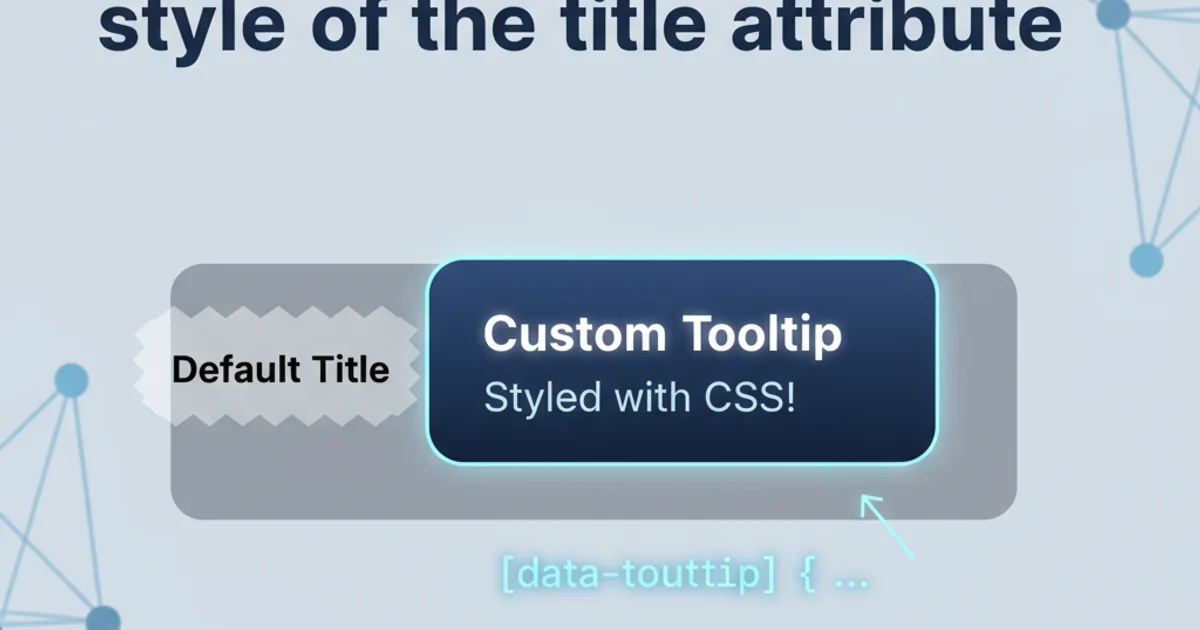What's the difference between controllers and actions in ruby on rails?
Categories:
Controllers vs. Actions in Ruby on Rails: A Comprehensive Guide

Demystify the core components of Ruby on Rails' MVC architecture: Controllers and Actions. Understand their roles, how they interact, and best practices for building robust web applications.
Ruby on Rails, a popular web application framework, follows the Model-View-Controller (MVC) architectural pattern. At the heart of handling incoming web requests and generating responses are Controllers and Actions. While often used in conjunction, they represent distinct concepts with specific responsibilities. Understanding their individual roles and how they collaborate is fundamental to building well-structured and maintainable Rails applications.
What is a Controller in Rails?
In the MVC paradigm, the Controller acts as the intermediary between the Model (data logic) and the View (presentation layer). It receives incoming requests, processes them, interacts with models to fetch or manipulate data, and then decides which view to render or what response to send back to the client. Think of a controller as the traffic cop of your application, directing requests to the appropriate handlers.
class UsersController < ApplicationController
# ... actions defined here ...
end
A basic Rails Controller class inheriting from ApplicationController
ApplicationController, which itself inherits from ActionController::Base. This inheritance provides a wealth of built-in functionalities like request/response handling, session management, and filtering.What is an Action in Rails?
An Action is a public method defined within a Controller. Each action is designed to handle a specific type of request (e.g., displaying a list of users, showing a single user, creating a new user, updating an existing one). When a request arrives, Rails' router maps the URL to a specific controller and then invokes the corresponding action method within that controller. Actions are where the core logic for a particular request lives.
class UsersController < ApplicationController
def index
@users = User.all
end
def show
@user = User.find(params[:id])
end
def create
@user = User.new(user_params)
if @user.save
redirect_to @user, notice: 'User was successfully created.'
else
render :new
end
end
private
def user_params
params.require(:user).permit(:name, :email)
end
end
Example of common actions (index, show, create) within a UsersController
The Relationship: Controller Contains Actions
The key distinction is that a Controller is a class, and Actions are the methods within that class. A single controller can, and usually does, contain multiple actions, each responsible for a different operation related to the resource it manages. For instance, a PostsController might have index, show, new, create, edit, update, and destroy actions.
flowchart TD
A[Web Request] --> B{Rails Router}
B --> C["Maps to Controller#Action"]
C --> D["Controller (e.g., UsersController)"]
D --> E["Action (e.g., #index)"]
E --> F["Interacts with Model (e.g., User.all)"]
F --> G["Prepares Data (@users)"]
G --> H["Renders View (e.g., index.html.erb)"]
H --> I[HTTP Response]Flow of a web request through a Rails Controller and Action
config/routes.rb) is responsible for mapping incoming URLs to specific controller actions. For example, a request to /users might map to UsersController#index, and /users/1 to UsersController#show.Best Practices for Controllers and Actions
To maintain a clean, efficient, and scalable Rails application, adhere to these best practices:
- Keep Controllers Thin: Controllers should primarily coordinate between models and views. Avoid putting complex business logic directly into actions. Delegate such logic to your models or service objects.
- RESTful Actions: Follow RESTful conventions for your actions (
index,show,new,create,edit,update,destroy). This makes your API predictable and easier to understand. - Use Private Methods for Helpers: Any methods within a controller that are not intended to be publicly accessible as actions (e.g., parameter sanitization, helper methods) should be declared as
privateorprotected. - Before/After Filters: Utilize
before_action,after_action, andaround_actionto perform common tasks like authentication, authorization, or data loading before or after an action executes. This keeps your actions focused on their primary responsibility. - Strong Parameters: Always use
params.require(:resource).permit(:attribute1, :attribute2)to whitelist parameters, preventing mass assignment vulnerabilities.
class ArticlesController < ApplicationController
before_action :set_article, only: [:show, :edit, :update, :destroy]
def index
@articles = Article.all
end
def show
end
def new
@article = Article.new
end
def create
@article = Article.new(article_params)
if @article.save
redirect_to @article, notice: 'Article was successfully created.'
else
render :new
end
end
def edit
end
def update
if @article.update(article_params)
redirect_to @article, notice: 'Article was successfully updated.'
else
render :edit
end
end
def destroy
@article.destroy
redirect_to articles_url, notice: 'Article was successfully destroyed.'
end
private
def set_article
@article = Article.find(params[:id])
end
def article_params
params.require(:article).permit(:title, :body, :author_id)
end
end
A RESTful ArticlesController demonstrating before_action and strong parameters